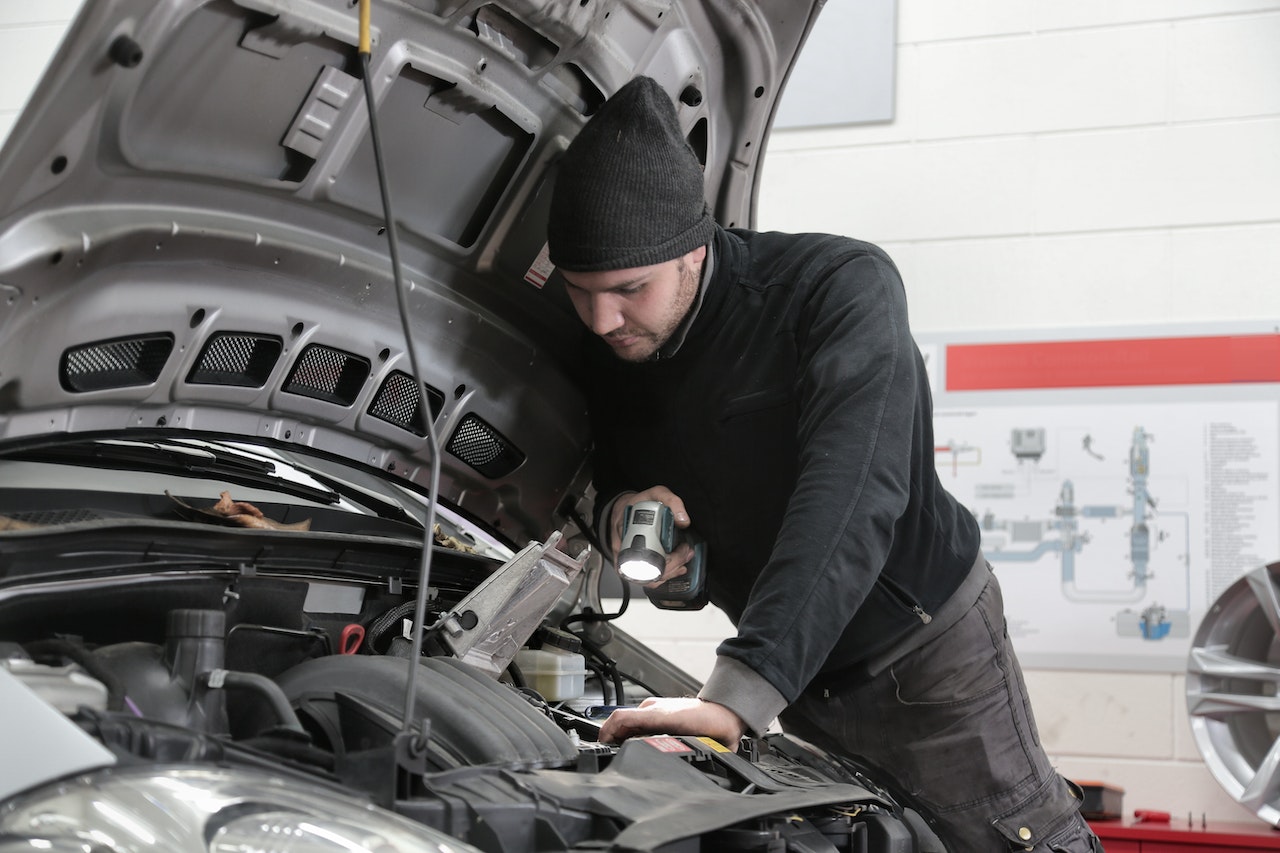How to Fix Car Alignment

Car alignment is an essential maintenance task that’s often neglected. It ensures your tires wear evenly and keeps your vehicle secure on the road.
Misaligned vehicles make it difficult to drive straight and reduce ride comfort for drivers and passengers. Signs of this include pulling to one side or experiencing rapid tire wear.
Check Your Tires
Your tires must be aligned correctly when driving to ensure optimal grip on the road. Misaligned wheels will result in poor performance and damage for your car’s wheels.
Auto mechanics and shops know how to check your tire alignment using three measurements: toe, camber, and caster. Your vehicle’s owner’s manual should provide these numbers.
* Toe Alignment: From above, your tires point towards your center when viewed from above. Typically, they are slightly “toe-in” and slightly “toe-out.”
Misalignment can be a subtle but telling sign. Take your car for a test drive and observe if you can feel the vehicle pulling to one side while driving on an even surface.
Check Your Suspension
Your vehicle’s suspension system is essential in keeping your wheels planted firmly on the road. Additionally, it helps prevent your car from bouncing or rattling excessively when hitting bumps or potholes.
If your car’s suspension isn’t functioning optimally, you might notice several telltale signs. First, listen for an unusual squeaking or clanging sound when going over bumps and turns.
Second, look at your tire’s caster angle. If it has either a positive or negative caster, there may be an issue with alignment.
Third, check the rubber bushings on each wheel. These are essential as they serve to separate your suspension’s metal sections from one another.
The suspension system consists of springs, shocks and struts which work hard to adjust height up and down up to 1,900 times per mile; however they can become worn out over time due to repeated usage.
Check Your Wheels
Wheel alignment is an integral component of your car’s maintenance program. Not only does it make your ride more comfortable and extend tyre life, but it also improves handling and meets warranty requirements.
When you get your wheels aligned, a mechanic will use a machine to make adjustments to the tires and suspension. Generally, this process takes around half an hour.
The initial step is to raise your vehicle on a hoist and inspect its wheels and tires for damage, broken pieces, bubbles, uneven wear, or foreign objects.
Your wheels and tyres are essential components of your car, so take good care of them. It’s recommended that you inspect them at least once every fortnight, especially before any long trips or high-speed driving.
Another indication that your wheels need aligning is when your steering wheel shakes or vibrates. This could be caused by several things, but usually serves as a sign that alignment is needed.
Bring Your Car in
A car alignment is an essential element of basic vehicle upkeep. Your mechanic will raise your car on a hoist and inspect all suspension components to verify everything functions as expected.
Once all parts are verified, your mechanic will adjust your vehicle’s suspension angles in accordance with manufacturer specifications. They’ll make precise changes so that all wheels point in the same direction and are square to one another and the road.
Common indications that your car requires alignment include a steering wheel that is crooked when driving straight, tires pulling to one side and uneven tread wear. If the wheels are misaligned, it will take extra effort to maintain the same speed and handling style as before – this could also reduce gas mileage.